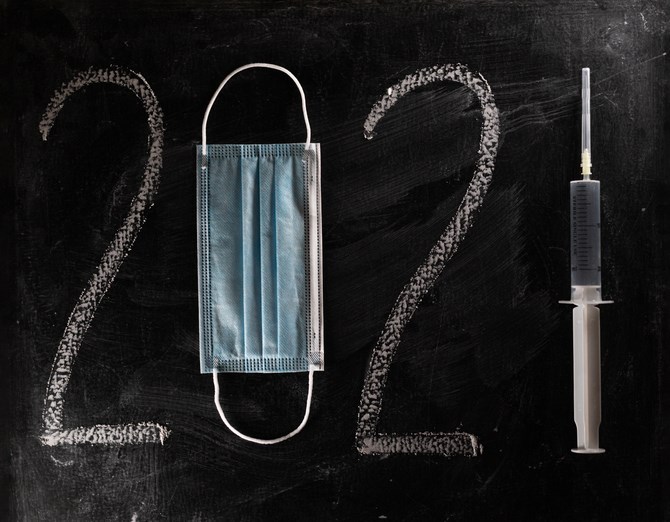It was the okayest of years, it was the worst of years.
As we approach the end of 2021, the first year, and hopefully the last, that rang in with the COVID-19 pandemic and will go out the same way, saw very low lows and sort of highlight-worthy highs at the other end of the spectrum.
The year began with Manitoba, including the north, still in the midst of a devastating and deadly wave of infections (which wave it was is kind of difficult to pinpoint any more; one wave becomes much like another when they follow each other so closely) but then the vaccines started coming, with a supersite opening up in Thompson at the start of February and the military rolling into the city to help immunize outlying First Nations less than two months later. The army and air force were gone again before summer arrived and vaccination rates steadily rose and then eligibility expanded to include those aged12 to 17 and then, much later in the year, five- to 11-year-olds. Case counts started dropping by early summer and by the time October rolled around, they were so low that other issues took over the news and people’s attention. It seemed, once again, that we had gotten over the hill and had an easy downhill cruise to the finish line.
Except, of course, there were variants. Some of them barely made an impact, while others, like delta, rather quickly established themselves as the dominant strain. And although Manitoba hadn’t even seen two dozen confirmed cases of omicron as of Dec. 20, there is a chance that the more transmissible COVID variant will make delta look rather weak in comparison and could itself become the dominant strain before the end of the year, mere weeks after it was first detected.
The last thing anyone wanted was for public health orders to be tightened before year’s end but that happened too, with slightly more stringent restrictions on indoor and outdoor gatherings, just in time for the holiday season when families are used to coming together.
If there’s one thing Manitoba and the world should have learned from 2021, as well as from 2020, is that it’s never wise to count the coronavirus out. That is not to say that, if things had been done differently, it wouldn’t be around. The group of viruses collectively grouped together as COVID-19 are not going to suddenly disappear. But there will come a time when they no longer require the imposition of public health orders, the addition of extra booster shots of vaccine, rapid testing for people in government offices, health care facilities, schools and other workplaces where it isn’t possible to keep yourselves away from others to the degree needed to reduce the chance of infection to extremely low levels. But because medical experts don’t yet know much about omicron, besides the fact that it spreads even more readily than delta, it’s difficult to say whether that time is close at hand or still quite a long way off. Either way, let’s hope that 2022 doesn’t see dark days like the worst of 2021. Many Manitobans have already lost their lives to COVID-19 and hopefully one day soon that number will become close to unchanging.


